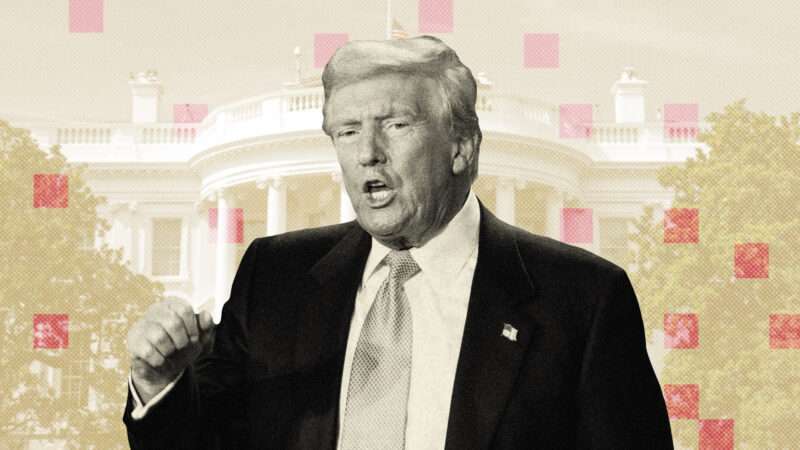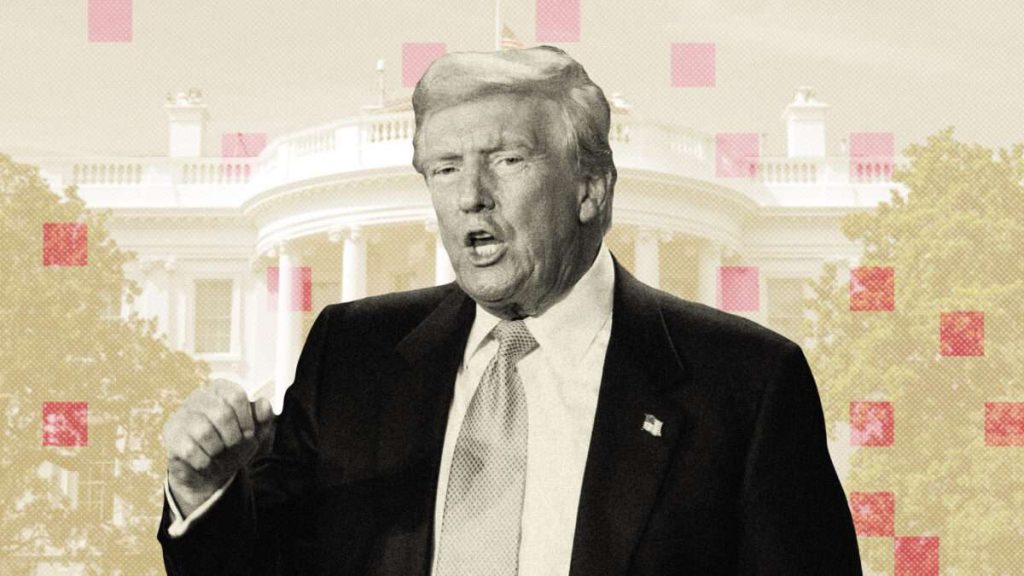
Supporters of Vice President Kamala Harris are surely experiencing disappointment, but one of the Biden-Harris administration’s pillars—”industrial policy”—won big on Tuesday. That’s because it’s already been embraced by both parties. President-elect Donald Trump loves expensive tariffs, and Harris loves big subsidies to big businesses, and to some degree vice versa.
That, my friends, should disappoint us all. Industrial policy represents one of the most dangerous economic illusions of our time.
Often presented as a populist program, it’s usually implemented in a way that makes it no different than the worst crony programs. According to my friend Sam Gregg—an expert on the issue for the American Institute for Economic Research and author of the excellent book The Next American Economy—industrial policy “involves trying to alter the allocation of resources and incentives in particular economic sectors that would otherwise transpire if entrepreneurs and businesses were left to themselves.”
It’s also known by another name: central planning.
Industrial policy’s tools include giving out subsidies, tax preferences, trade protection, preferential financing, and regulatory advantages. To be sure, we already have plenty of that, including a tax code littered with exemptions for special interests and a budget full of costly subsidies. What makes industrial policy distinct is that it picks certain economic activities to promote in attempts to reorder our economic landscape—sometimes even for cultural reasons.
Democrats use it to force a transition away from energy sources they dislike. They use mandates, subsidies, and tax incentives to permanently change the way we consume energy at the national level, whether we want it or not. Meanwhile, lots of Republicans want to impose tariffs that push more people into manufacturing jobs and incentivize women to stay home so that America looks more like it did in the 1950s.
Both sides want to coerce some people into activities that are not in their best interests. So, to achieve a national order that intellectuals and politicians prefer over the current one, the economy must suffer.
While industrial policy can direct funds toward specific goals or industries, it often fails to deliver on its promises and does not contribute to the genuine improvement of our culture and communities. When governments attempt to steer industrial development through subsidies, targeted tax breaks, and preferential treatment, they inevitably distort market signals that efficiently allocate resources.
A stark example is Boeing. Decades of subsidies and special treatment have not made the company more innovative or competitive. Instead, they produced a culture of dependency in which political connections trump customer satisfaction.
The same pattern repeats across industries from green energy to semiconductors. Government intervention doesn’t create sustainable competitive advantages for America; it creates politically protected incumbents who become experts at lobbying rather than innovating. When the incumbents lose their edge and their projects flounder, they come back for money. Politicians who loathe seeing their “national champions” fail extend more subsidies and tariffs.
Some people worry that this is exactly what will happen to Intel. Despite being the biggest recipient of the Biden administration’s semiconductor industrial policy—the federal CHIPS and Science Act—Intel is having money problems, largely due to bad business decisions. As Semafor reports, top Commerce Department officials and members of Congress are considering whether they will need to give more handouts to the company because “Intel is seen as too strategically important to be allowed to fall into serious trouble.”
Protecting a company from the discipline of the market all but guarantees that it gets worse rather than better. It doesn’t help that politicians often load the beneficiaries with counterproductive requirements. Take the news that the Environmental Protection Agency handed out $3 billion in Clean Ports Program funds from the Inflation Reduction Act on the strict condition that ports do not use automation. Welcome to the industrial policy stone age, where “keeping America competitive” doesn’t mean keeping costs low for us consumers through efficiency.
Another major problem with industrial policy is that the money goes to companies that do not need it, and to do things that would be done without the subsidies. National Review‘s Dominic Pino reminds us that another large beneficiary of the CHIPS Act, Taiwan Semiconductor Manufacturing Co., had “announced its intention to invest $12 billion in constructing [an] Arizona facility in May 2020. That was over a year before the CHIPS Act was introduced, and over two years before it became law.”
I wish I had better news. If Trump and Congress don’t initiate a move away from central planning, we will pay a heavy price.
COPYRIGHT 2024 CREATORS.COM
The post Central Planning Won Big on Election Night appeared first on Reason.com.






